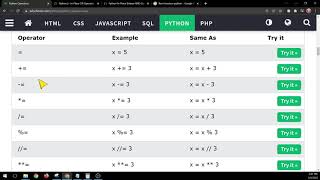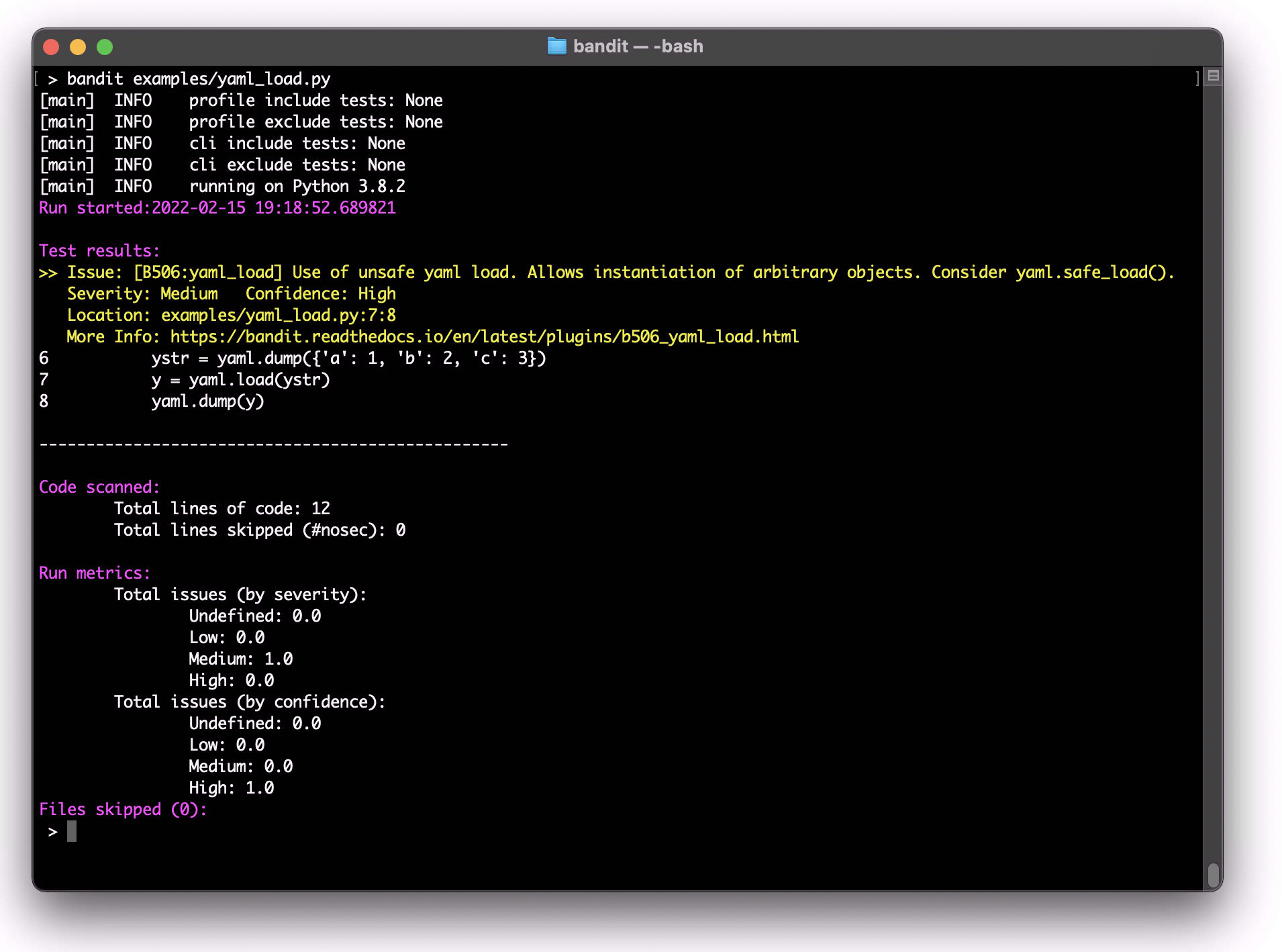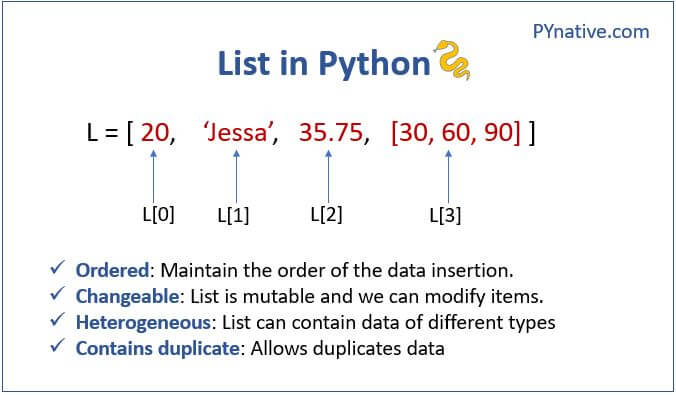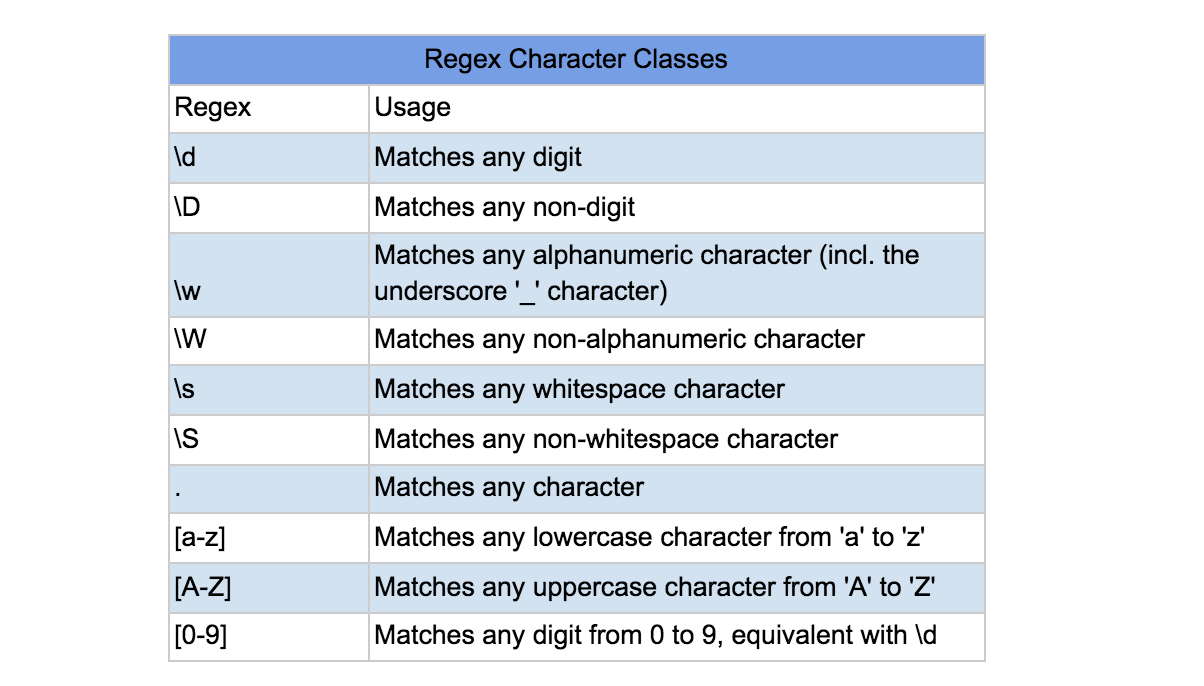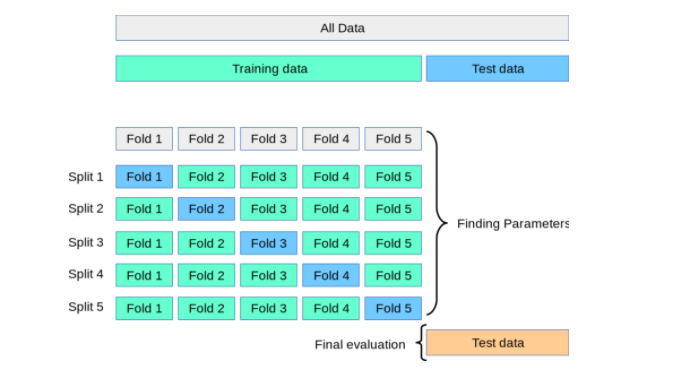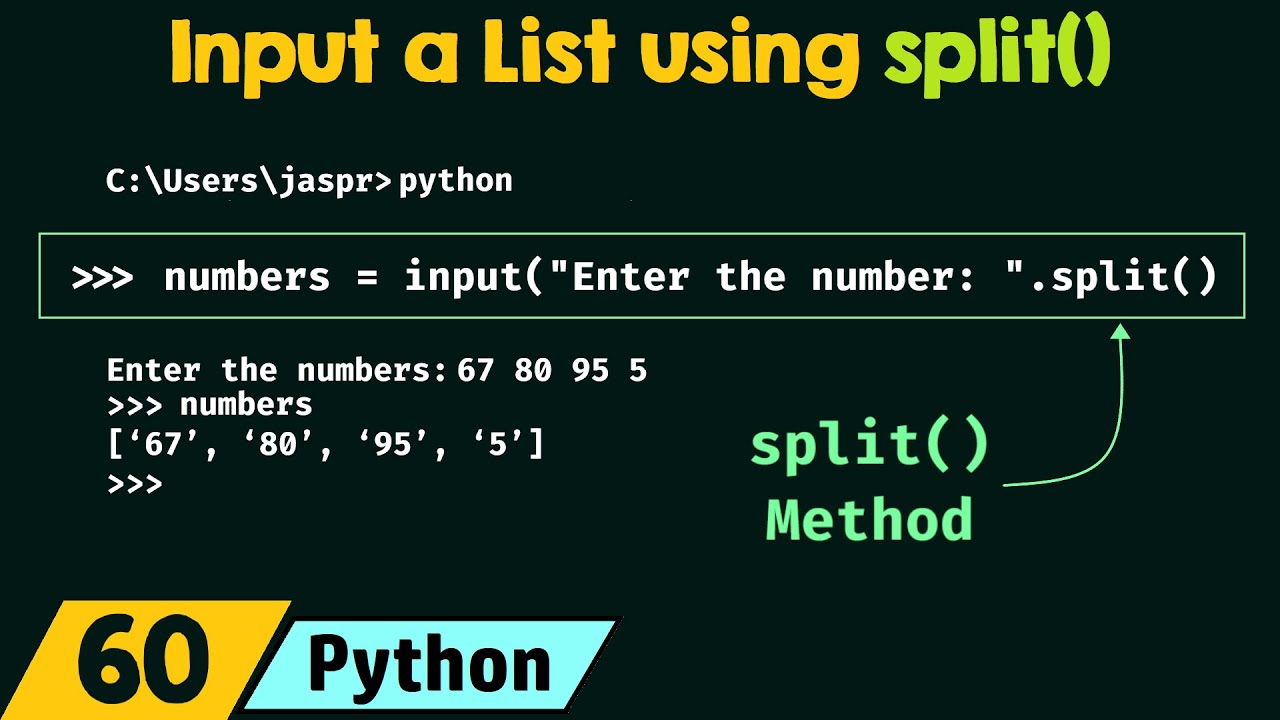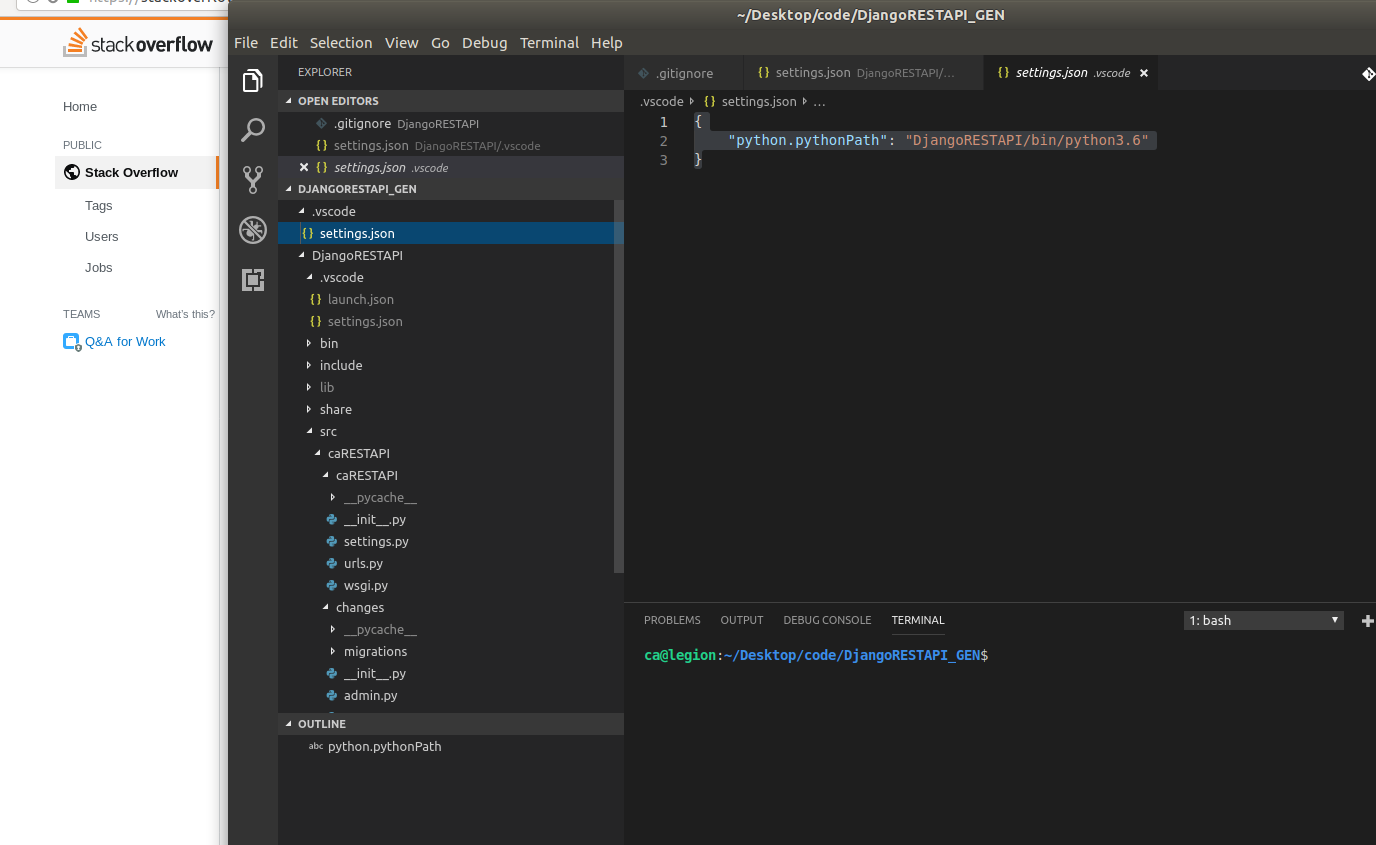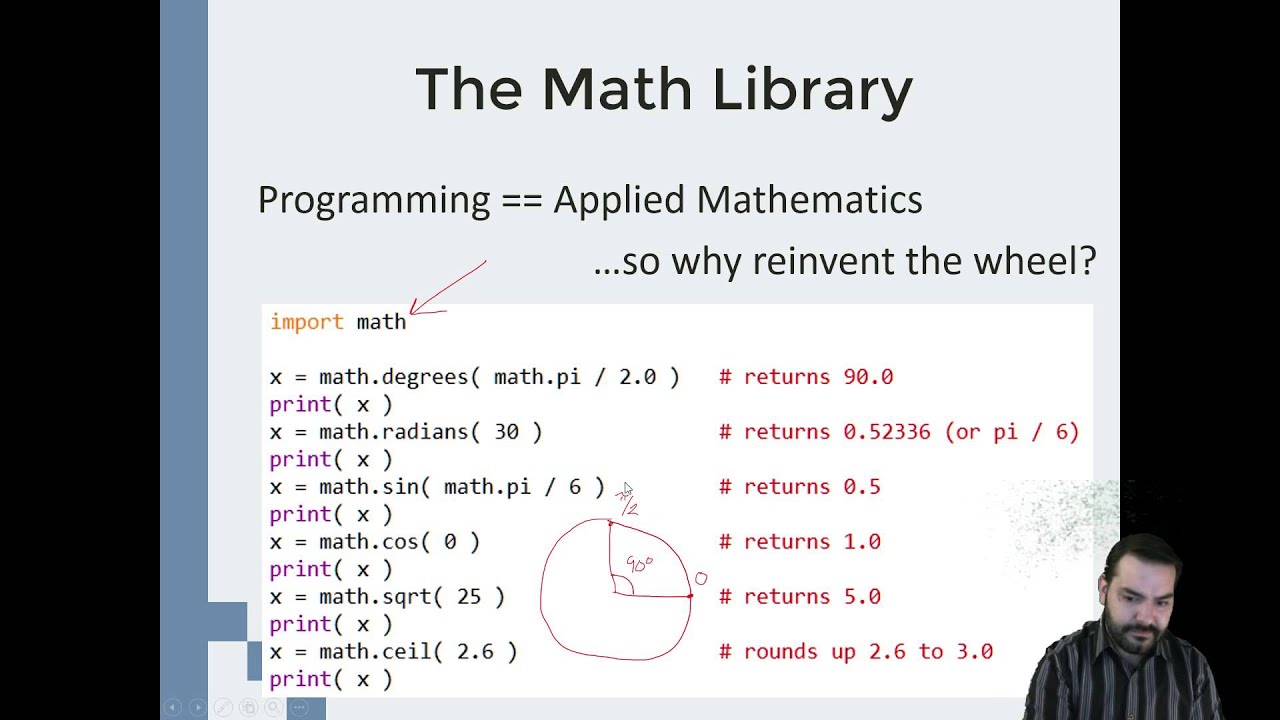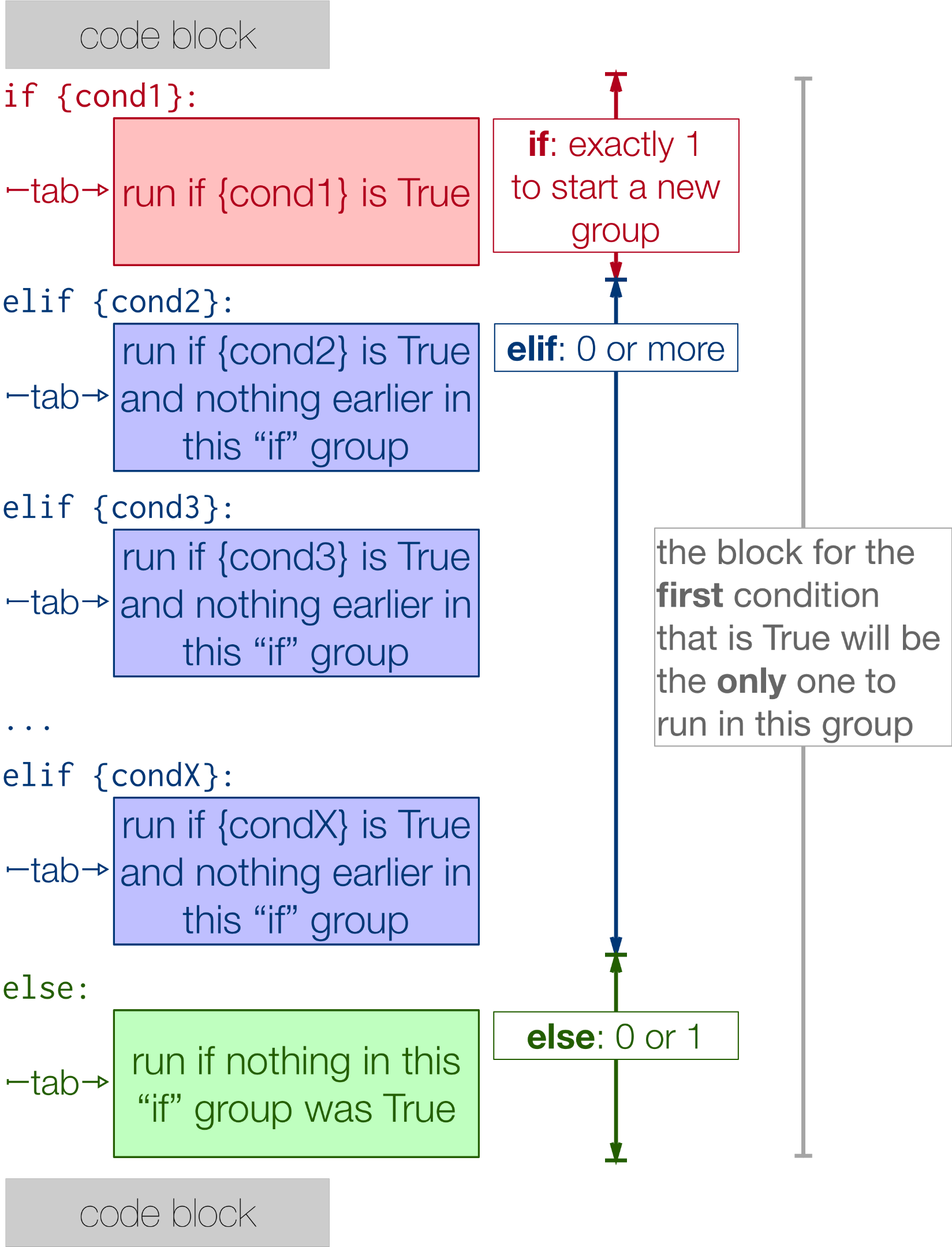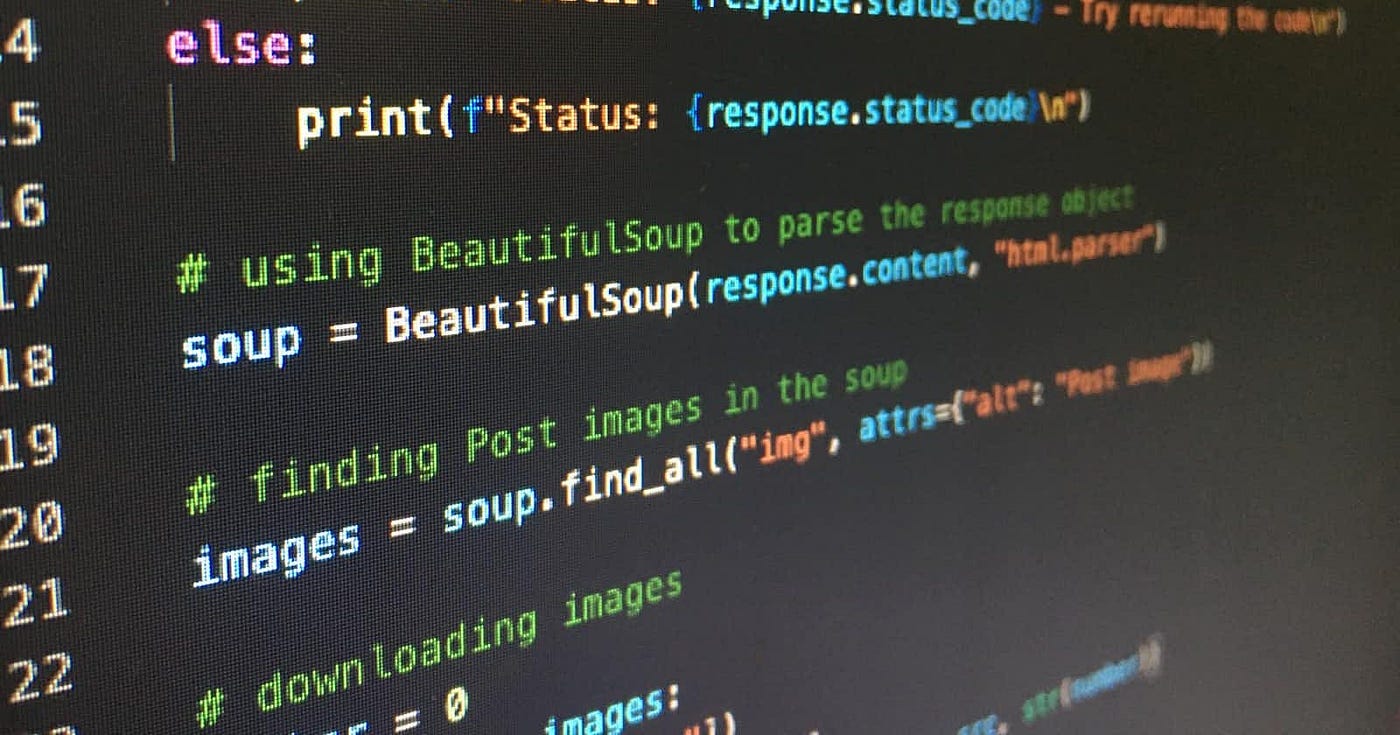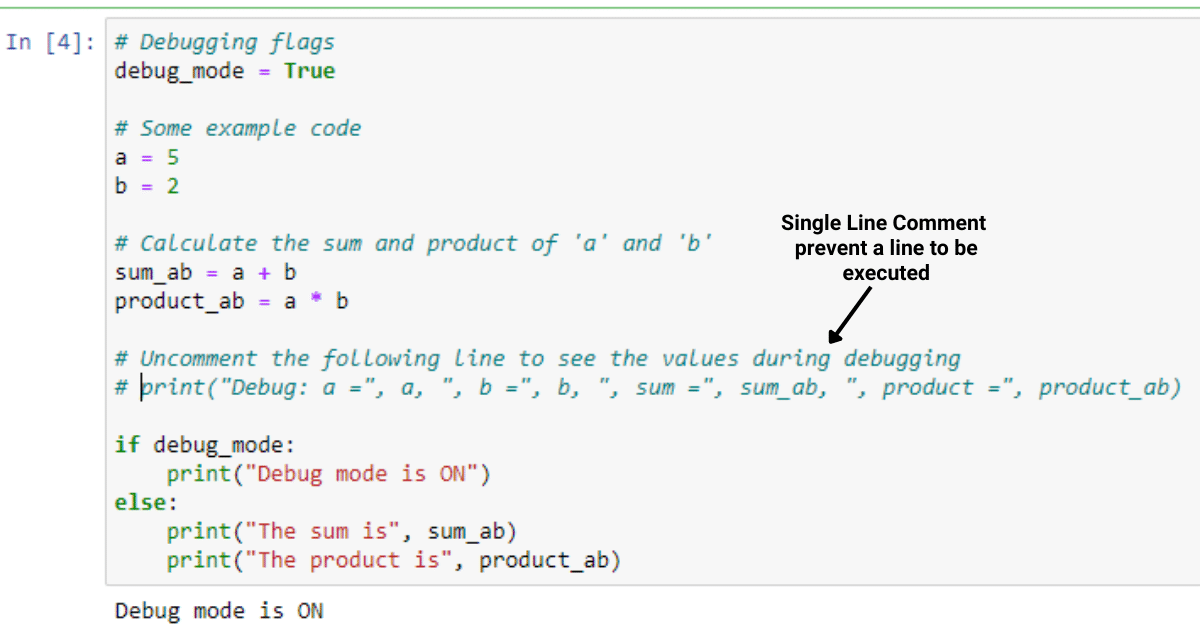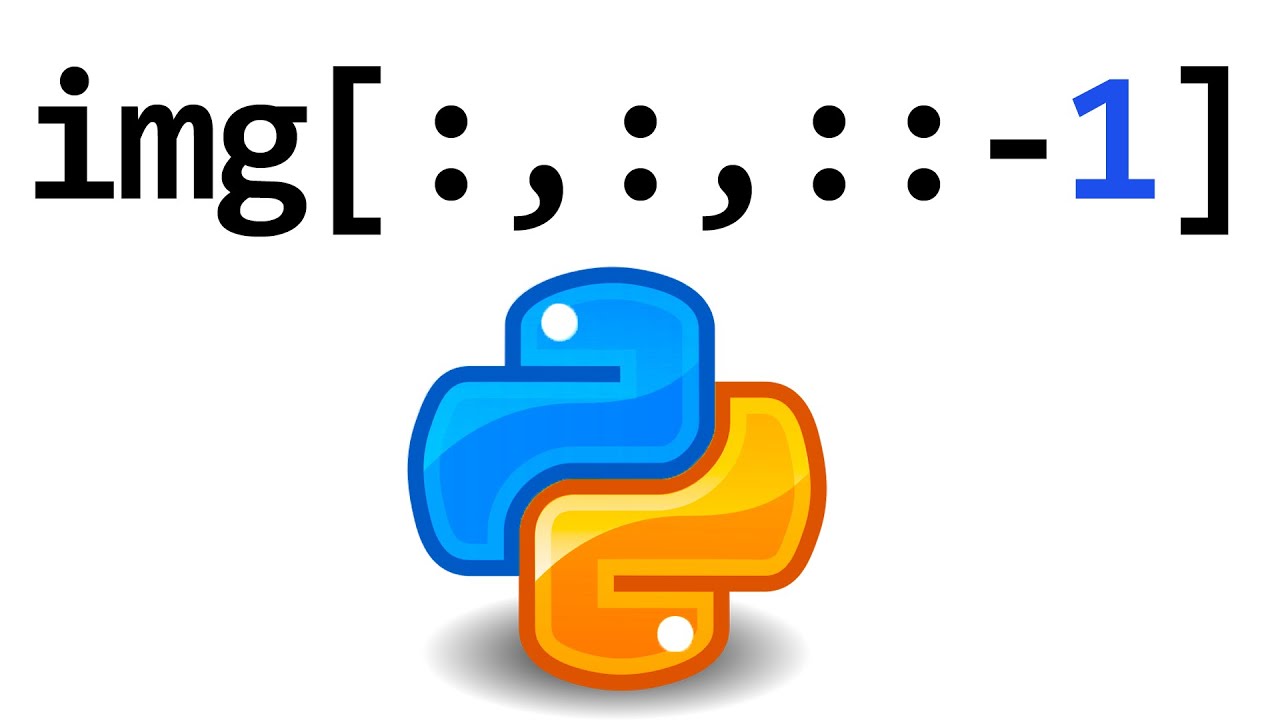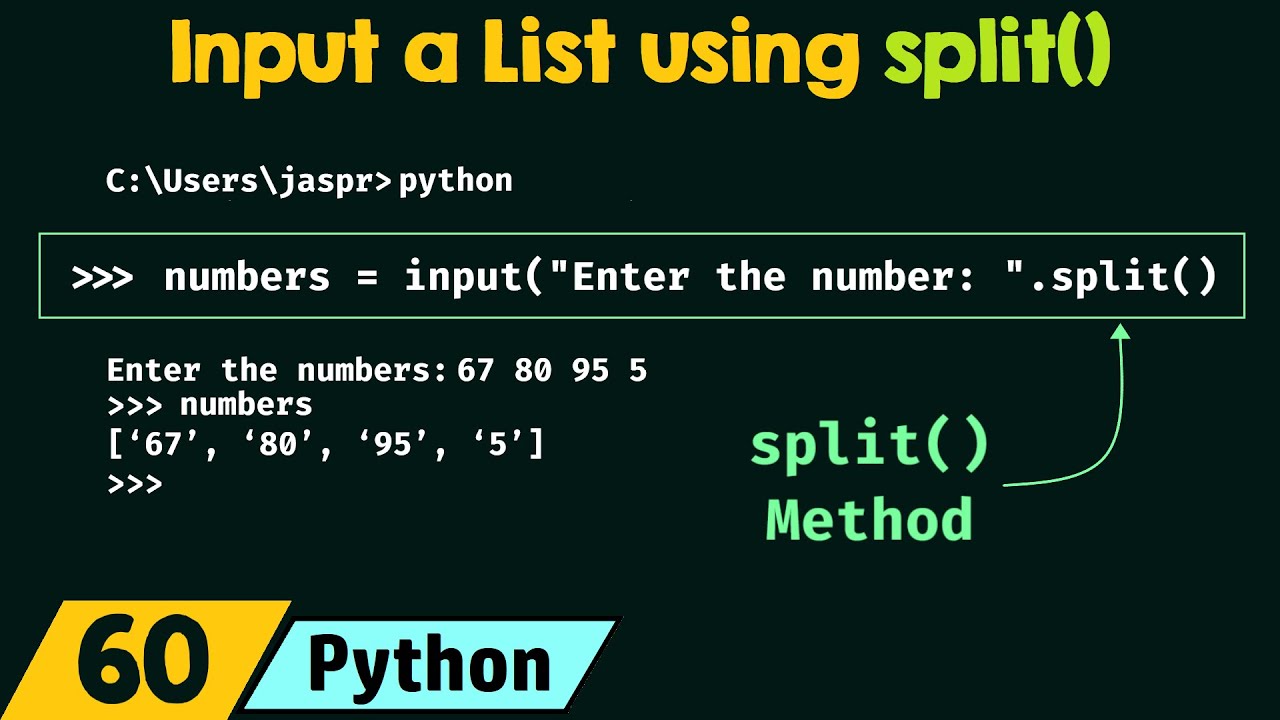What is side_effect in mock Python?
What is side_effect in mock Python?

In the context of mocking libraries in Python (such as unittest.mock), a side_effect is an optional parameter that allows you to specify a custom behavior when a mocked object's method is called.
When you create a mock object using Mock, it typically has no real behavior - it simply returns None or some default value. However, by setting a side_effect on a mocked method, you can make the mock object behave as if it had performed some actual work or interacted with external dependencies.
A side_effect is essentially a function that takes the same number of arguments as the original method and returns a value. When the mocked method is called, unittest.mock will execute this side_effect function and return its result instead of calling the original method.
Here are some common use cases for side_effects:
Returning fake data: Suppose you're testing a function that consumes an API and you don't want to actually make network calls during your unit tests. You can set a side_effect on therequest method of the HTTP client library, so that when the test function calls this method, it returns canned data instead of making the actual request.
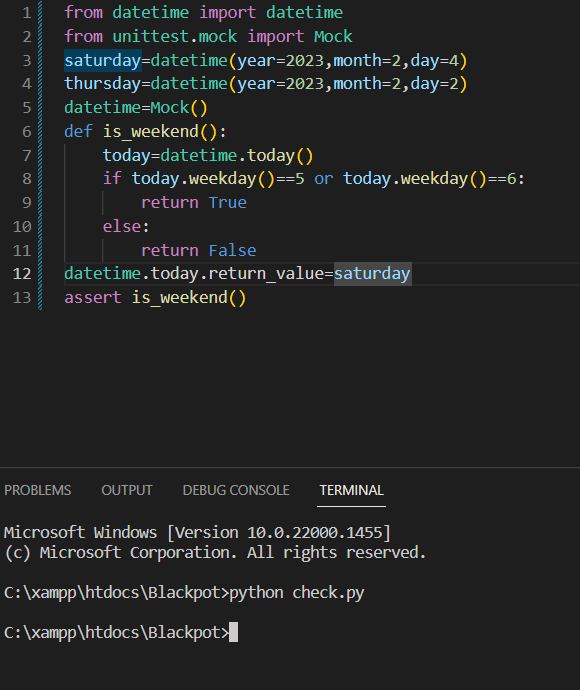
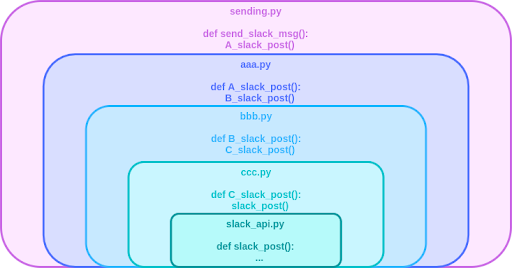
Here's an example of how to use side_effects in Python using unittest.mock:
import unittestfrom unittest.mock import patch
def fake_data(arg1, arg2):
return {"result": f"{arg1} + {arg2} = 5"}
class Test MyClass(unittest.TestCase):
@patch('some_module.some_function')
def test_side_effect(self, mock_some_function):
Set the side_effectmock_some_function.side_effect = fake_data
Call the mocked function with different argumentsresult1 = some_function(2, 3)
self.assertEqual(result1, {"result": "2 + 3 = 5"})
result2 = some_function(4, 6)
self.assertEqual(result2, {"result": "4 + 6 = 5"})
if name == 'main':
unittest.main()
In this example, we're using patch to mock the some_module.some_function and setting a side_effect function that returns canned data. The test function then calls the mocked function with different arguments and verifies that the expected result is returned.
By using side_effects effectively, you can make your tests more robust, reliable, and maintainable - and ensure that your code behaves as expected in a wide range of scenarios!
Can I mock a class in Python?
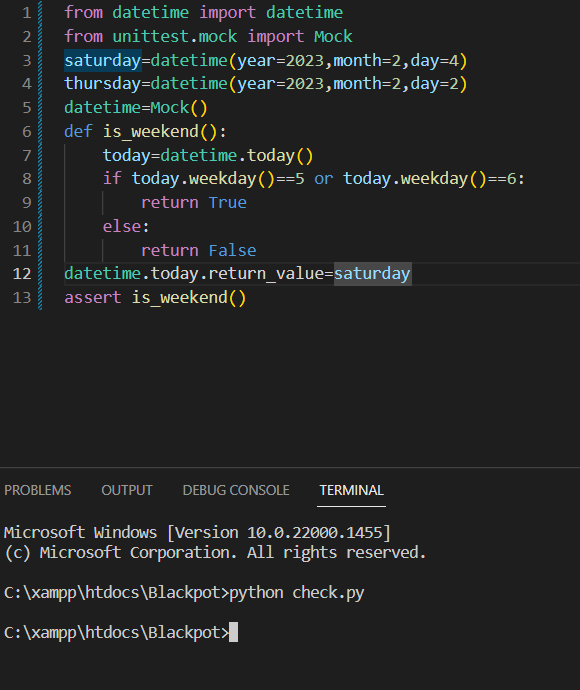
I'm happy to respond in English!
Yes, you can definitely mock classes in Python. In fact, mocking is an essential concept in Python's testing ecosystem. It allows you to isolate and test specific parts of your code by replacing complex dependencies with simpler ones.
In Python, there are several libraries that provide mocking capabilities:
unittest.mock: This is a built-in module that comes with the Python standard library. It provides various functions for creating mock objects, such as Mock, MagicMock, and patch. mockk: This is a third-party library that provides additional functionality for mocking classes. pytest-mock: If you're using the pytest testing framework, this library provides support for mocking.
Here's an example of how you can use unittest.mock to mock a class:
import unittest
from unittest.mock import Mock
class MyClass:
def init(self):
self.dependency = None
def do_something(self):
if self.dependency is not None:
return self.dependency.do_something()
else:
return "No dependency"
class MyTestCase(unittest.TestCase):
def test_do_something(self):
Create a mock object for the dependency
dependency_mock = Mock(return_value="Mocked result")
my_class = MyClass()
my_class.dependency = dependency_mock
Test do_something with the mocked dependency
self.assertEqual(my_class.do_something(), "Mocked result")
if name == 'main':
unittest.main()
In this example, we create a mock object for the dependency attribute of our test class. We then set this mock as the dependency in our test class and test that do_something returns the mocked value.
Mocking is an incredibly powerful tool for writing unit tests. It allows you to isolate specific parts of your code, reduce dependencies, and write more focused tests. With practice, you can use mocking to create robust and reliable tests that accurately reflect real-world scenarios.
